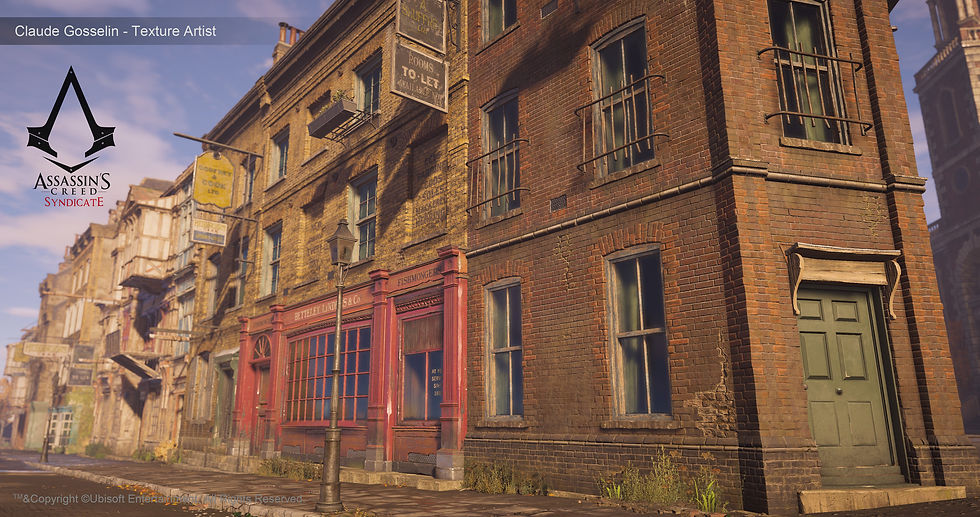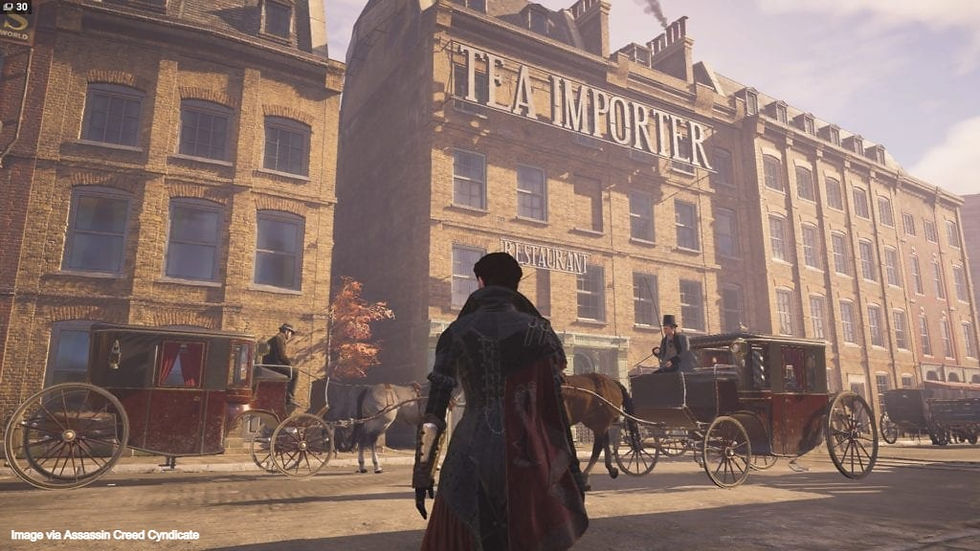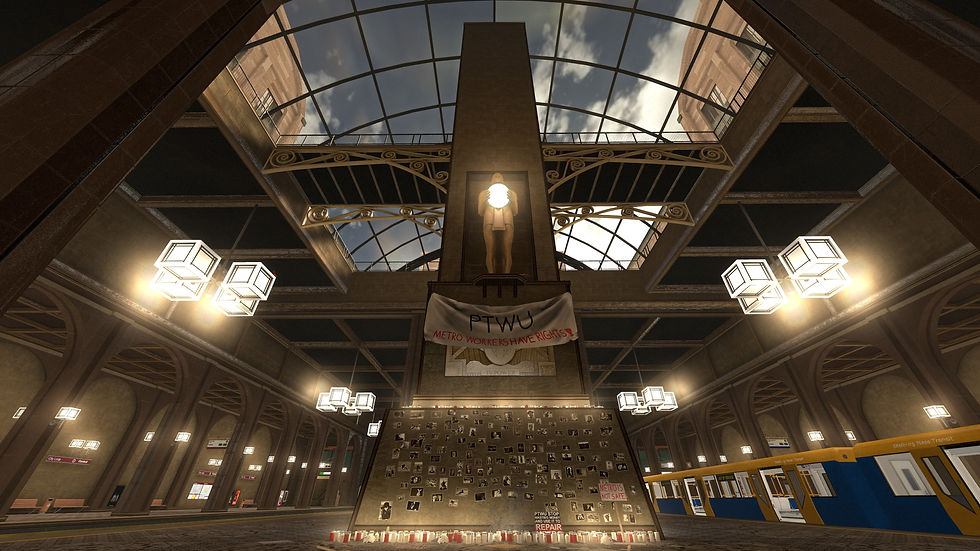Video Game Telling About Architecture!!
- kuldeep kumar

- Sep 11, 2018
- 3 min read
Updated: Jan 16, 2022
Video games and virtual worlds are jam-packed with imaginative environments to explore, time periods to peruse, and invented architectural styles to thumb through within every reality we choose to engross ourselves into. With recent advancements in technology, greater than ever are we witnessing the latest PC and console generations harboring the ability to produce life-like settings for players to roam around, get lost, and explore all the nuances the seemingly authentic reality holds.
" Video games foster the mind-set that allows creativity to grow."
-- Nolan Bushnell
1. MINECRAFT
Minecraft is a sandbox video game originally created by Markus "Notch" Persson. It is maintained by Mojang Studios, a part of Xbox Game Studios, which in turn is part of Microsoft.
From its creation, Minecraft was developed almost exclusively by Notch until Jens "Jeb" Bergensten started working with him and has since become head of its development. It features music by Daniel "C418" Rosenfeld and by Lena Raine and paintings by Kristoffer Zetterstrand. Initially released as what is now known as Minecraft Classic on May 17, 2009, the game was fully released on November 18, 2011. Since its release, Minecraft has expanded to mobile devices and consoles. On November 6, 2014, Minecraft and all of Mojang Studios' assets were acquired by Microsoft for US$2.5 billion. Notch has since left Mojang and is no longer working on Minecraft.

2. Control
Architects use a concept called compression and expansion to manage movement within the design of spaces. Long corridors use compression to encourage people to keep moving forward, and once they reach an exhibit room for example, where the space expands, we naturally start to meander and take in the nuances of the open space unfolding around us through every step.
This pattern of small spaces feeding into bigger spaces exists in plenty of video games and is a general premise within the design of virtual worlds, but is most noticeable in boss arenas. Seasoned gamers alike know what it feels like to enter a suspiciously large room, contrasting directly from where they have just traversed from, and that gut feeling and intuition will just kick in for them to expect something to definitely go down. This is an example of how architects and designers use space to communicate these prompts to us as players, and how we are continually patterned and conditioned to expect specific outcomes as a result of a specific design we encounter. In this way, we are invited to read architecture – some may even say that we’re literally reading the room.


Architecture can also tell us stories about culture, for example, the likes of hostile architecture. The design of low walls accompanied by spikes are placed within different urban environments to deter individuals and purposefully guide and restrict behavior. Even the implementation of an urban-design strategy as small as this tells us enough about who and what is valuable to the culture that constructed it, and we can also infer more about the problems the urban area may be experiencing.


4. Overwatch
Architects are keen on going around and touching buildings for no apparent reason, and whilst the premise may seem quite entertaining (the thought of observing an individual appearing so seemingly intimate with that metal façade on that building you just walked past), it’s important for them to understand what existing in space will feel like for the end-user.
As humans, we each have specific associations with materials and memories of touch which influence our emotions, and although what we see in games and virtual worlds may be considered the furthest from tangible experiences, game designers will still use the concept of material in the same way architects do.

This is a 2D Top-Down construction and management game in which the player builds and runs a prison. Players start by building the cells and other prison facilities and connecting them. They hire staff, run the finance, and satisfy the needs of the inmates. They are, also, responsible for infrastructure and design decisions like plumbing connections and lighting positions.

In this game, the protagonist is a structural engineer who roams the corrupted fictional city of Stalburg trying to save its damaged infrastructure. He does so by solving electrical and mechanical puzzles while trying to survive the surrounding dangers.




Comments